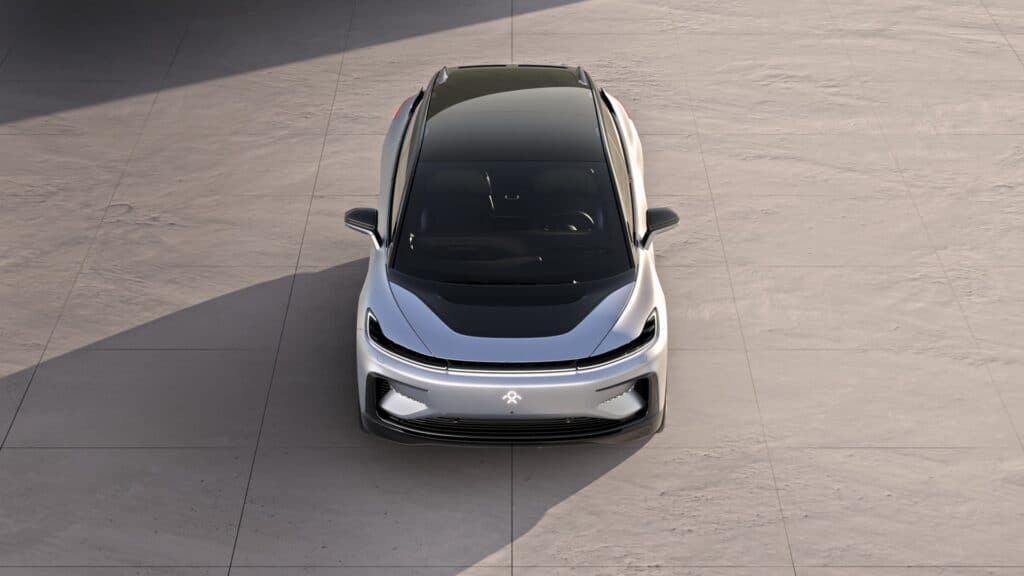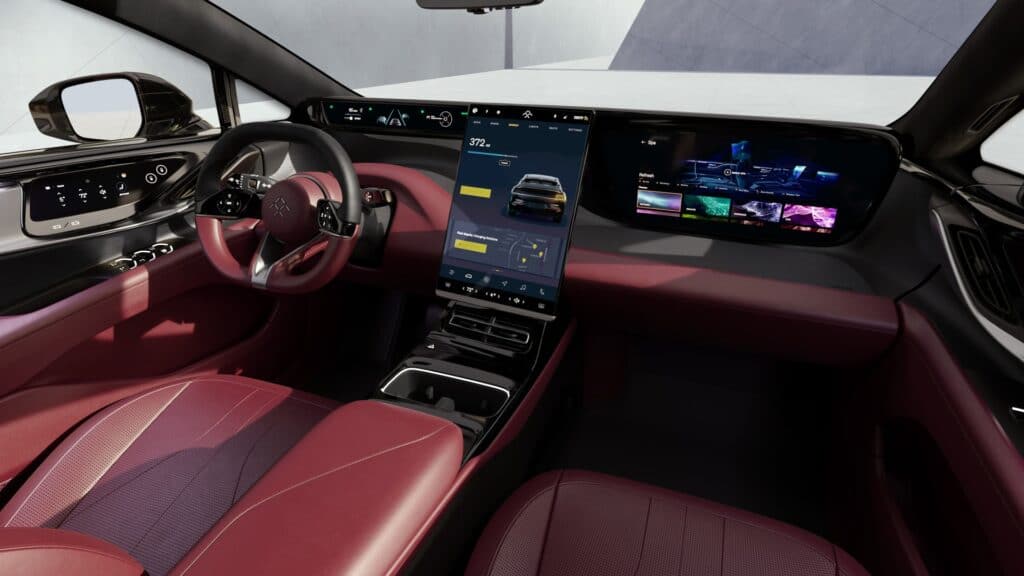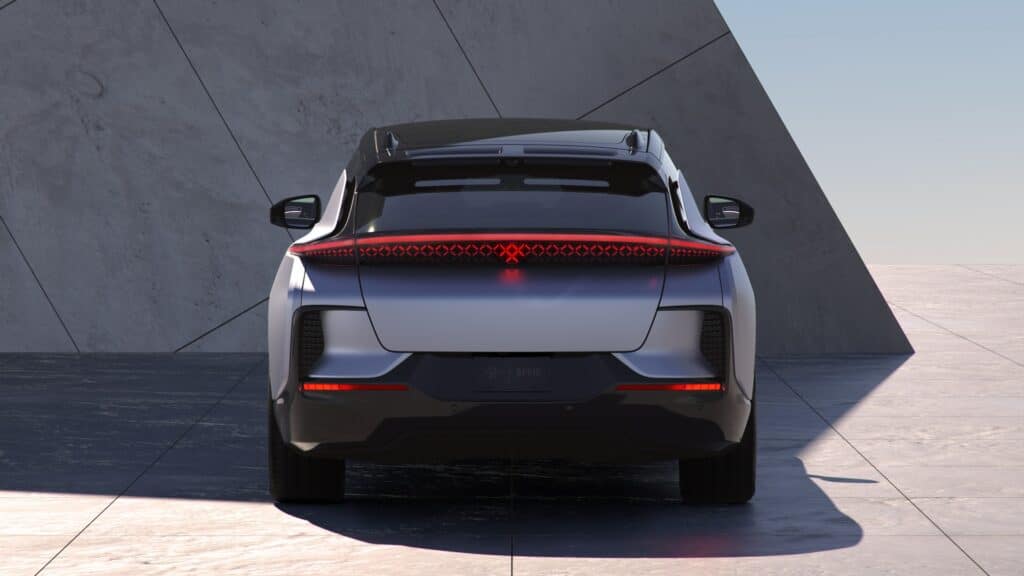Faraday Future May Have One: Production Begins

For those who thought Faraday Future Intelligent Electric Inc. didn’t have a future, guess again.
On Wednesday, the automaker announced it has begun producing the FF 91 Futurist at its facility in Hanford, California. The company’s first production vehicle and flagship model is anticipated to be sold in both the Chinese and American markets.
“Start of Production (SOP) of the FF 91 Futurist Alliance marks FF’s most solid step as a disruptor of the traditional ultra-luxury automotive civilization,” said company co-founder Jia Yueting. “It’s a promise we made to our users and shareholders, and we have delivered it today successfully. This shows that FF has entered a new phase under the governance and operation of the new board and management. We believe FF will quickly restore its due value to the marketplace.” The company is planning a launch event for the FF91 Futurist on April 26.
Earlier this year, the company predicted it would start production by March 30.
“I can’t express how excited that I am to finally see the culmination of many years of hard work, all focused on our one goal—bringing the ultimate intelligent tech luxury FF 91 [EV] to market,” said CEO Xuefeng Chen.
The car being produced

The FF 91 Futurist pushes out 1,050 horsepower, an EPA-certified range of 381 miles, travels 0-60 mph in 2.27 seconds, and possesses “a unique rear intelligent Internet system, and a revolutionary user experience designed to create a mobile, connected, intelligent and luxurious third Internet living space.” What that exactly means beyond hype is not explained. Nor is it explained what the first and second internet living space is.
Nevertheless, among its features is a back-seat display that spans the width of the car for streaming movies or holding Zoom meetings.
The car is expected to take on such luxury stalwarts as Ferrari, Maybach, Rolls-Royce and Bentley, with the FF 91 Futurist costing somewhere around $200,000.
Show me the money

But like all startups, money remains a concern.
Midway through 2021, Faraday raised around $1 billion through a merger with a SPAC, or special purpose acquisition company. At the end of 2022, the corporation had almost $20 million in cash on hand, but admitted it needed as much as $170 million to get production rolling.
To help the start of production of the FF 91 Futurist, the company obtained a $135 million cash infusion of cash this year. In addition, in order to reassure its supplier base, the company plans to hold the 2023 Faraday Future Global Supplier Summit the last week of April, where it is expected officials will reveal some new shared business initiatives.
According to a report in Barron’s, Wall Street anticipates revenues of $140 million in 2023, or about 700 units sold.
The news sent Faraday Future’s stock price up nearly 12% in pre-market trading. The stock closed Wednesday at 36 cents a share, giving it a market cap of $265.98 million. One analyst covers the stock (NYSE: FFIE) on Wall Street and rates it a hold.

A familiar retail strategy
Like other EV startups, Faraday Future is using a direct sales model, both online and through company-owned showrooms that it calls experience centers. The first such center is launching in Beverly Hills, and initial sales will be concentrated in the Los Angeles area, followed by the San Francisco Bay area and subsequently, the New York metro region. In China, initial sales will begin in Shanghai and Beijing.
Faraday Future was founded by Chinese businessman Jia Yueting in April 2014 and is headquartered in Los Angeles, California. Its factory, dubbed the FF ieFactory California, is building the car.
But given the ever-growing number of high-end battery electric SUVs, it remains to be seen how many FF 91 Futurists Faraday Future will be able to sell against larger, better funded and long-lived competitors.
Auto Lovers Land
Comments
Post a Comment